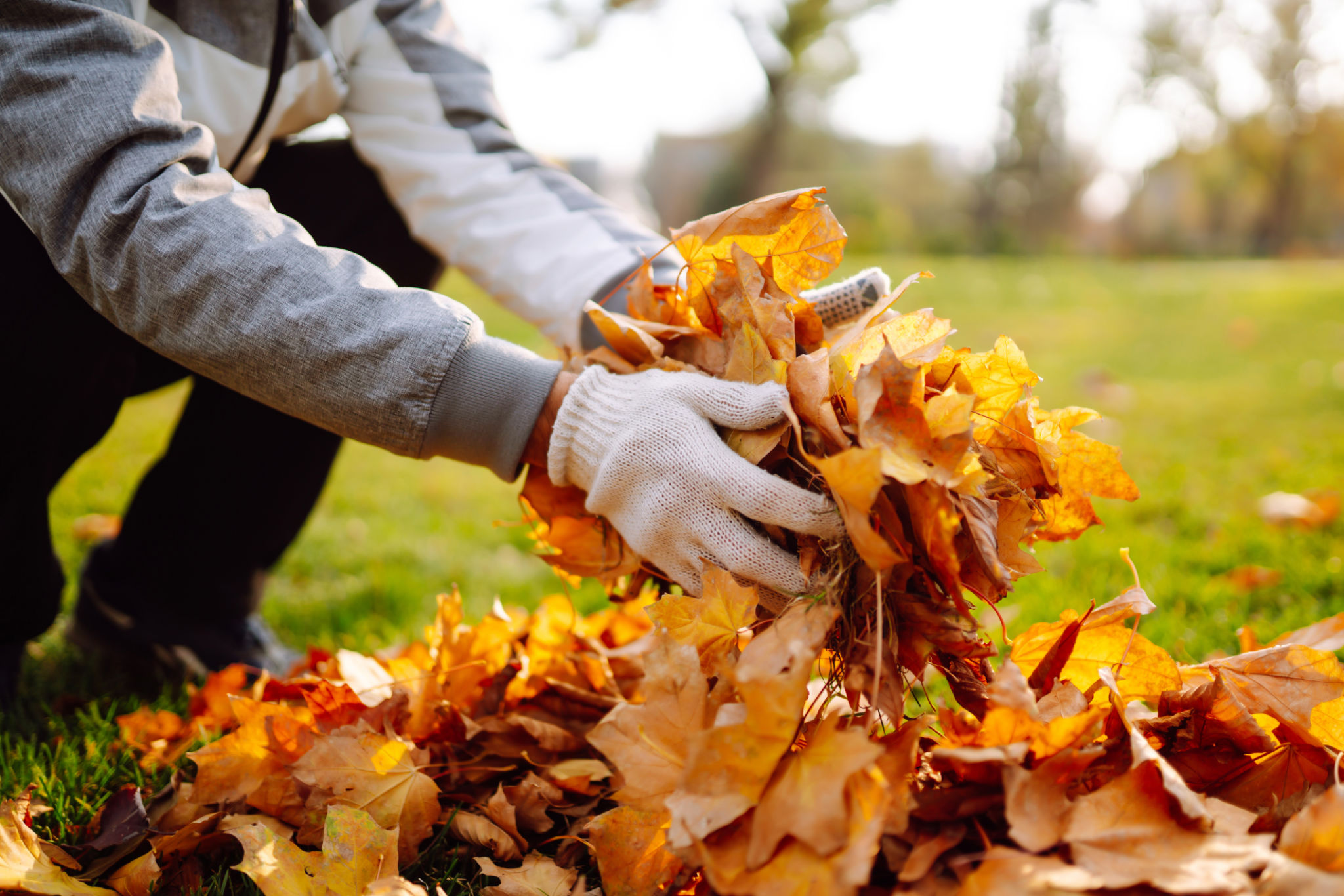Essential Fall Leaf Removal Tips for a Pristine Yard
Understanding the Importance of Leaf Removal
Fall is a beautiful time of year, but as the leaves begin to fall, they can quickly create a mess in your yard. While a blanket of colorful leaves may look picturesque, leaving them unchecked can lead to various problems. Wet leaves can suffocate your grass, leading to bare patches and poor lawn health. They can also create a breeding ground for pests and diseases.
To maintain a pristine yard, it's essential to engage in regular leaf removal. Not only does this help keep your lawn healthy, but it also enhances the overall aesthetic of your outdoor space.

Choosing the Right Tools for Leaf Removal
Having the right tools makes all the difference when it comes to efficient leaf removal. Here are some must-have tools:
- Rake: A sturdy rake with flexible tines is perfect for gathering leaves into piles.
- Leaf Blower: For larger yards, a leaf blower can save time and effort, allowing you to move leaves into manageable piles quickly.
- Lawn Mower: Many modern lawn mowers come with mulching capabilities, which can shred leaves into tiny pieces, helping them decompose faster.
When to Start Leaf Removal
The best time to start leaf removal is when leaves begin to accumulate on your lawn. Waiting too long can lead to compacted leaves, making them harder to remove and potentially damaging your grass. A good rule of thumb is to clear leaves once a week during peak fall.
Regular removal not only makes the task more manageable but also ensures your lawn remains healthy throughout the season.

Effective Leaf Removal Techniques
When it comes to leaf removal, technique matters. Here are some effective methods:
- Raking: Rake leaves into small piles and transfer them to a compost bin or yard waste bag.
- Blowing: Use a leaf blower to gather leaves into larger piles for easy collection.
- Mulching: Run a mulching mower over the leaves to chop them up and leave them on the lawn as natural fertilizer.
Composting Leaves for a Greener Yard
Instead of bagging up leaves and sending them to the landfill, consider composting them. Leaves are rich in carbon, an essential component of healthy compost. By composting, you not only reduce waste but also enrich your soil.
Create a compost pile by mixing shredded leaves with grass clippings and kitchen waste. Turn the pile regularly to speed up decomposition and produce rich compost for your garden.

Safety Tips for Leaf Removal
While leaf removal is generally safe, it's important to take precautions to avoid injuries:
- Wear Protective Gear: Use gloves and goggles when using power tools like leaf blowers or mowers.
- Avoid Overexertion: Raking can be physically demanding; take breaks and stay hydrated.
- Watch for Hidden Hazards: Be mindful of sticks, rocks, or other debris hidden beneath leaves that could cause falls or equipment damage.
By following these tips and techniques, you'll not only keep your yard looking pristine but also ensure a safe and efficient leaf removal process throughout the fall season.